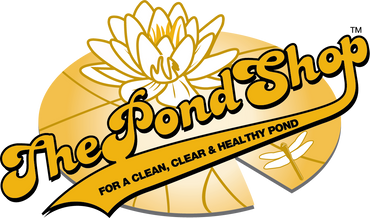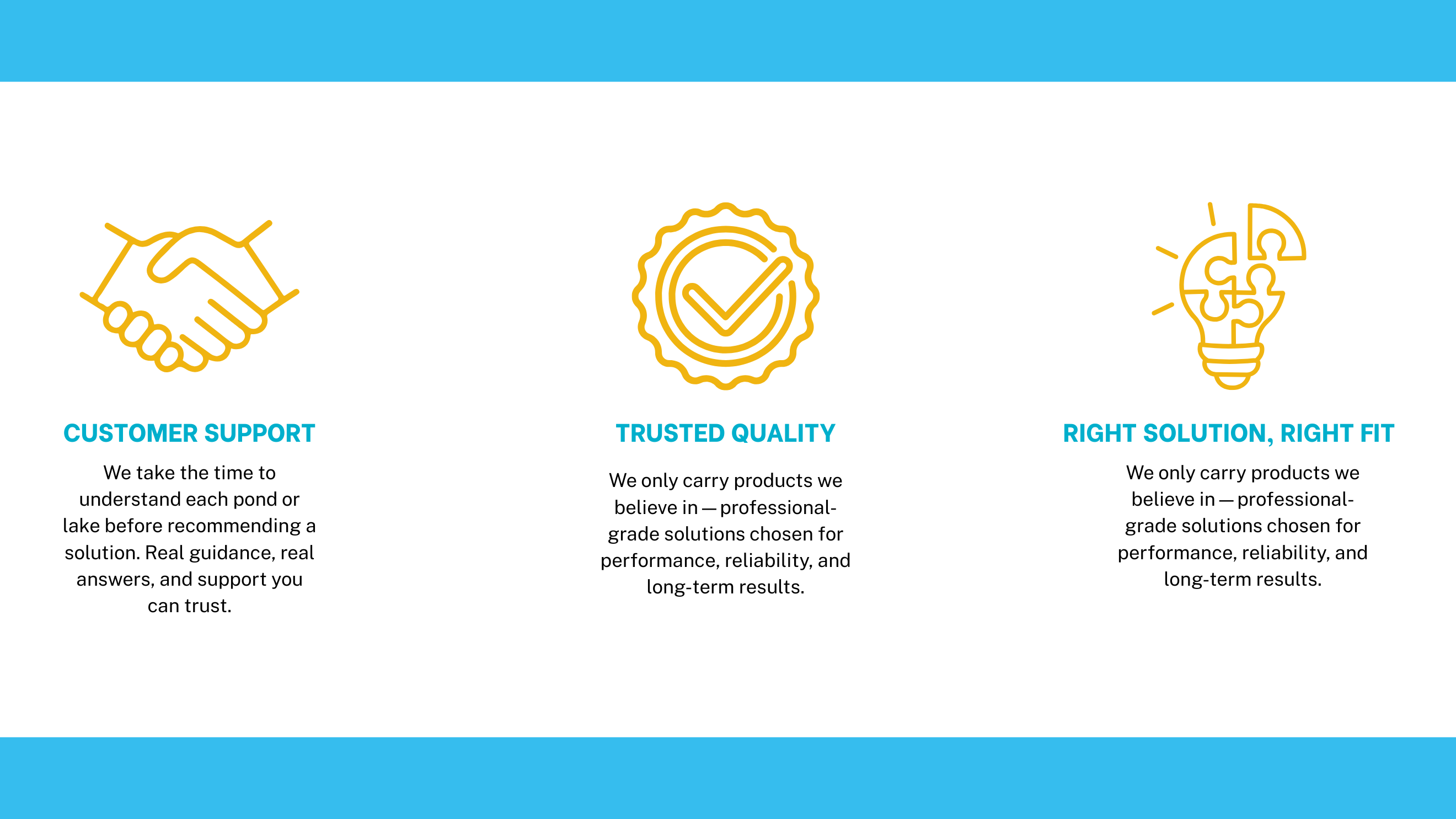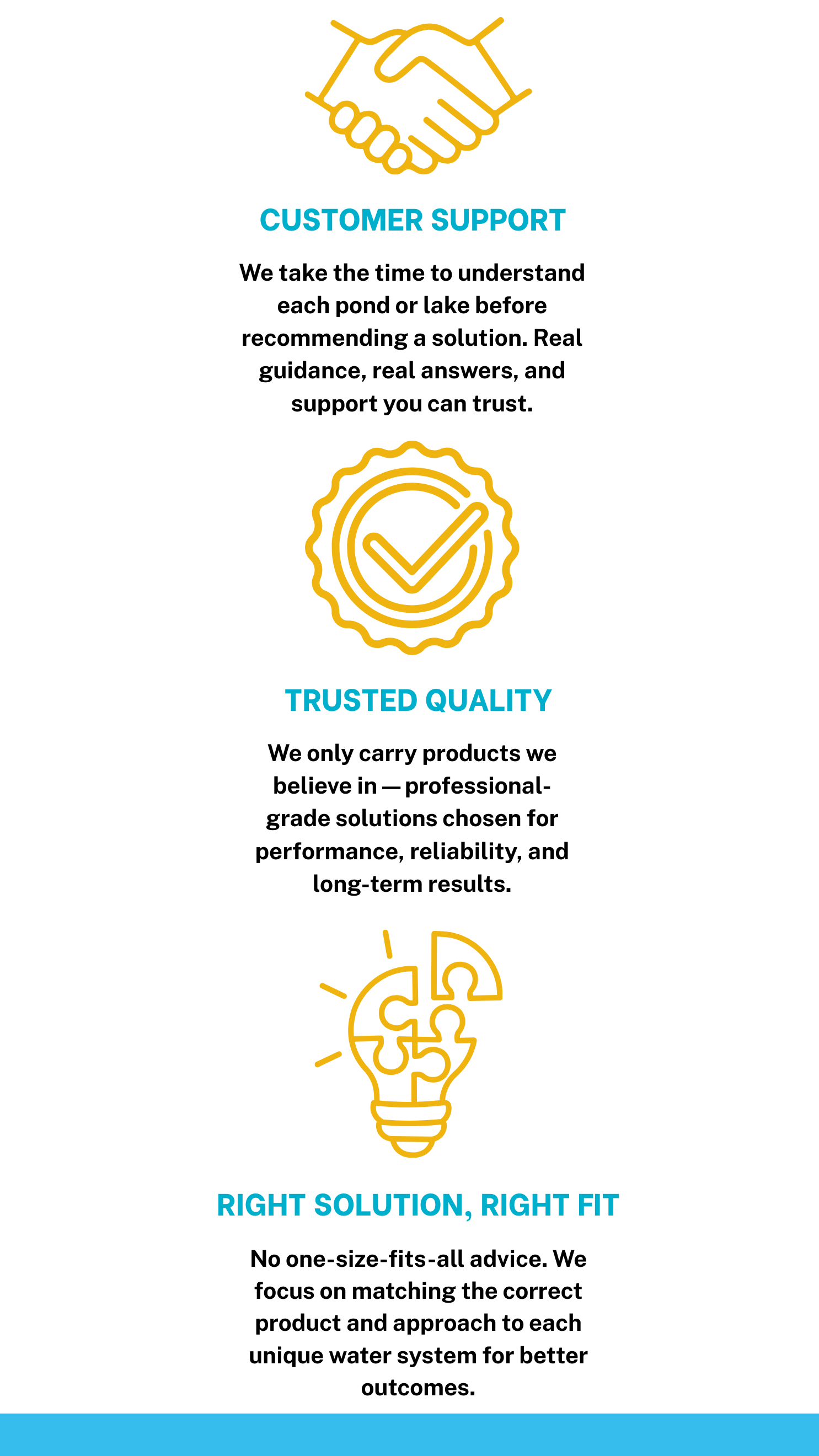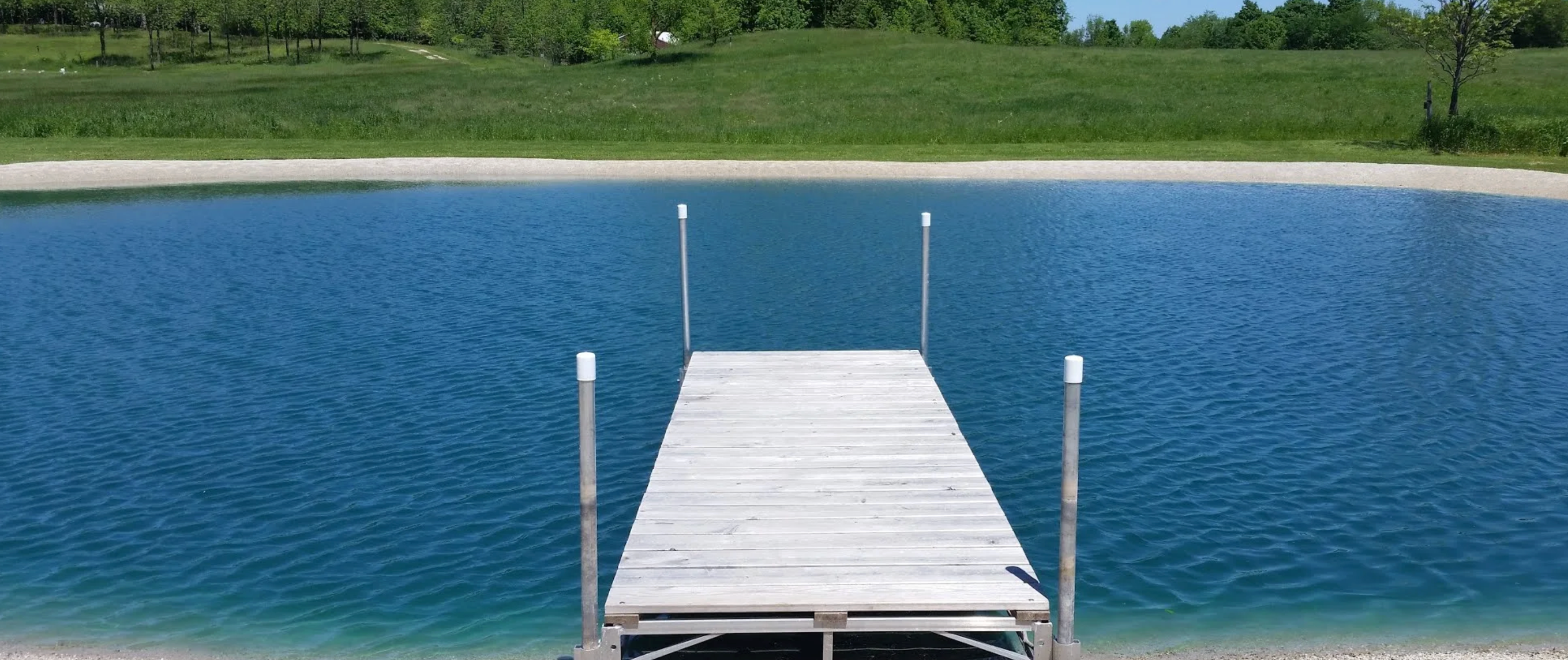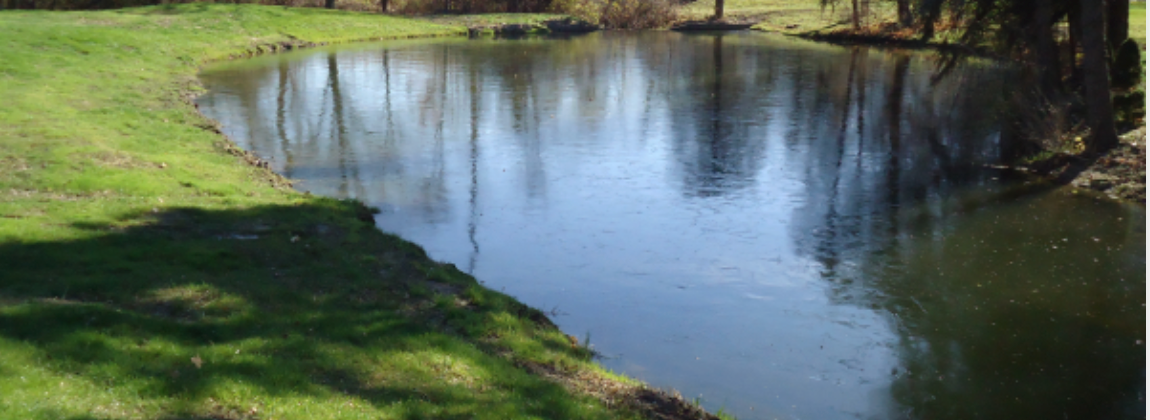Hydrilla

Hydrilla is an invasive aquatic perennial that grows rapidly. In some cases, up to an inch per day. Hydrilla stems are long and branching, forming intertwined mats at the water surface. Small spines give leaf margins a toothed appearance. The midrib is often spiny bellow (making it rough to the touch) and reddish when new. Leaves grow along the stem in whorls of 3-6, but often 5 leaflets. Hydrilla plants are usually rooted to the lake bottom, coming up to the surface from up to 12 feet deep. During the late growing season, small white tubers form on the plants' roots that are used for food storage and allow the plant to over-winter. Hydrilla resembles elodea and Egeria, but neither elodea or Egeria produce tubers and are smaller plants. Hydrilla can be found infesting freshwater ponds and lakes, rivers, impoundments, and canals. It tolerates a wide range of light and nutrient levels giving it the advantage over native species. Hydrilla can invade deep, dark waters where most native plants cannot grow. It blocks the sunlight and displaces native plants below with its thick, dense surface mats. Hydrilla decreases dissolved oxygen levels leading to fish kills. Also, decreasing the weight and size of sportfishing can be reduced when natural vegetation is lost. Hydrilla obstructs boating, swimming, and other recreational water activities.
Prevention
Hydrilla proliferates primarily by stem fragments, although turions (buds) and subterranean tubers also play an important role. The main means of introduction or hydrilla is as castaway fragments on recreational boats and trailers. New colonies can often be found near boat ramps; even small fragments can start new populations. The best way to help prevent the spread of hydrilla is by cleaning and drying thoroughly all watercraft, equipment, and trailers after use. Hydrilla remnants can survive for many days. Nutrient availability in the sediment will feed its growth.
Biological Control
Beneficial bacterial products and enzymes such as PZ900 feed on nutrients in the water making them unavailable for plant growth. Reducing nutrients can help prevent invasion.
Physical/Mechanical Control
Because of hydrilla’s rapid growth, mechanical harvesting needs to be performed several times per growing season. Since the mowing and removal cannot capture every single fragment of Hydrilla and water movement can carry away plant material to take root in other areas, monitoring for any new growth to avoid future reinvasion is crucial. Physical removal in conjunction with chemical control will maximize success.
Dyes and colorants reduce aquatic plant growth by limiting sunlight penetration and reducing photosynthesis.
Aeration has also been used as a mechanical approach to hinder pondweed proliferation. Increased water flow can reduce plant density. Additionally, the added oxygen will accelerate the decomposition process of nutrients that pondweeds need to live.
Chemical Control
When used carefully according to the label instruction, aquatic herbicides can be safe and effective management tools. The products that have been successful in treating hydrilla individually or in combination are Reward, Reward with Cutrine-Plus Liquid, Weedtrine D, Aquathol K – liquid, Aquathol Super K – granular, Propeller, Sonar AS and Sonar RTU. A nonionic surfactant Cygnet Plus should be mixed in solution with herbicides when plants are treated.
Reward is a fast-acting contact herbicide, highly effective in killing any part of the plant that comes into contact with.
Weedtrine D is a contact, non-volatile herbicide for use in controlling submersed and floating aquatics weeds. Weedtrine-D has rapid absorption and herbicide action.
Aquathol K (liquid) is a concentrated, highly soluble contact herbicide, effective against a broad range of aquatic plants.
Aquathol Super K (granular) this contact herbicide has been effective on pondweeds and can be mixed with copper compounds for additional efficiency.
Sonar A.S. is a long-acting systemic herbicide ideal for water bodies with minimal flow. Simply mix Sonar A.S. with water and spray throughout the surface of the water or pour in different spots around the pond. Sonar A.S. does not have water use restrictions.
Sonar RTU is a long-acting, systemic, easy to use herbicide. Sonar RTU does not require mixing, simply open the bottle and treat from the shoreline.
Propeller is a broad spectrum, fast acting contact algaecide/herbicide. It comes in a water dispersible granule that mixes with water to be sprayed or pour. Propeller should be applied to actively growing plants or algal blooms.
CutrinePlus liquid is a chelated copper algaecide that is highly effective on planktonic algae. Available in a liquid concentrate, Cutrine Plus is easy to apply and fast acting.
Cygnet Plus is a nonionic wetting agent, sticker, activator, and penetrant all in one. Cygnet Plus increases the effectiveness of herbicides uptake into the plant tissue.
